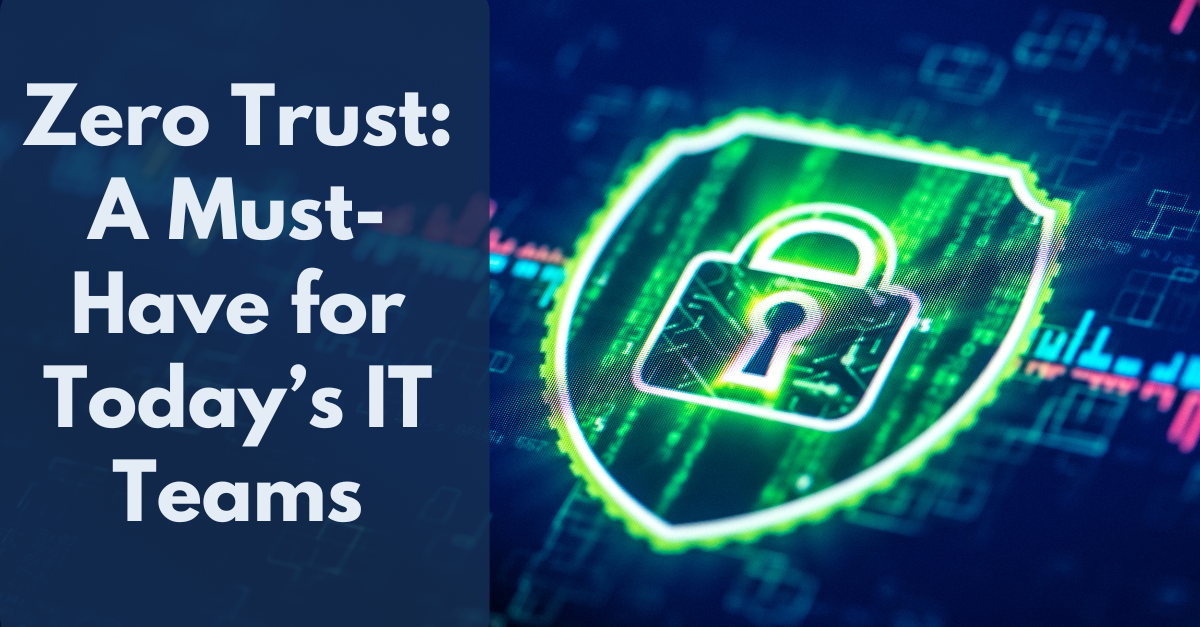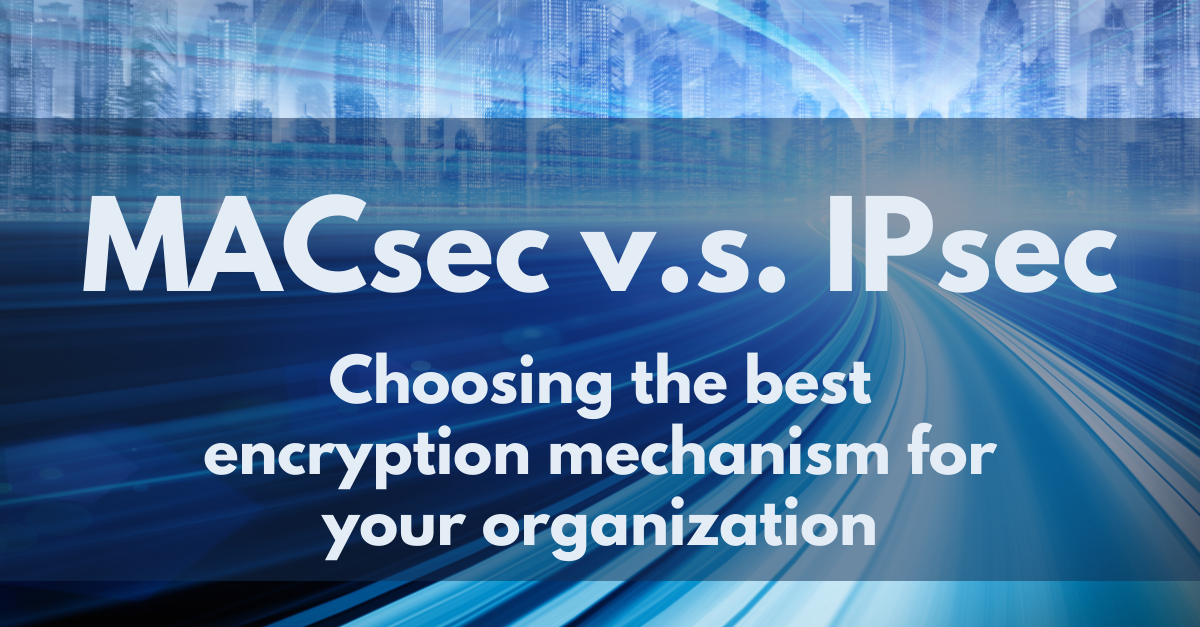Supplementing Network Encryption with MACsec
Written by guest author, R. Leigh Hennig from Markley Group Overview A common way to encrypt the traffic between destinations is by setting up...
1 min read
 Technium
:
Oct 2, 2024 9:00:00 AM
Technium
:
Oct 2, 2024 9:00:00 AM

In an era where cyber threats are becoming increasingly sophisticated and pervasive, traditional security measures are no longer sufficient. In Microsoft's 2021 "Zero Trust Adoption Report," 96% of 1,200 security decision-makers who responded said zero trust is critical to their organizations' success. IT teams must adopt a more proactive and defensive approach to protect their organization's sensitive data. Zero trust, a security framework that assumes a breach has already occurred, offers a robust solution.
The concept of zero trust is a departure from the perimeter-based security model, which relies on a fortified network boundary to keep threats out. Recognizing that breaches are inevitable, zero trust mandates that all devices and users, both within and outside the network, be verified and authenticated before they are granted access to resources.
To effectively implement a zero trust architecture, IT teams should follow a phased approach:
1. Establish Network Segmentation:2. Enforce Strict Access Controls:
As more employees work remotely and use personal devices for work, it's essential to extend zero trust principles to the endpoint level. This involves:
In today's threat-filled landscape, IT teams must embrace a zero trust security framework to protect their organizations' critical assets. By following the steps outlined in this blog post, IT leaders can implement a robust zero trust architecture that minimizes the risk of a successful cyberattack.

Written by guest author, R. Leigh Hennig from Markley Group Overview A common way to encrypt the traffic between destinations is by setting up...

Overwhelmed by the Amount of Security Offerings?
![Physical vs Virtual Firewalls [What You Need to Know]](https://blog.techniumnetworking.com/hubfs/BlogFirewall.png)
What type of firewall do you use at your organization? Firewalls control network traffic and prevent unauthorized access to the information they...